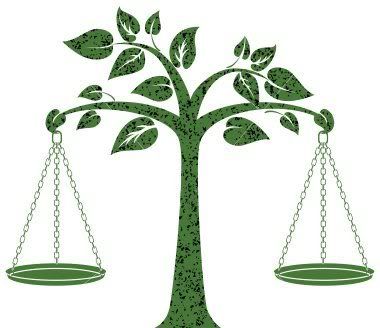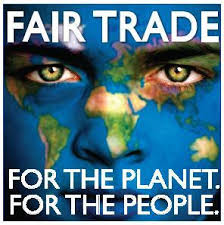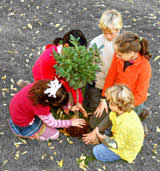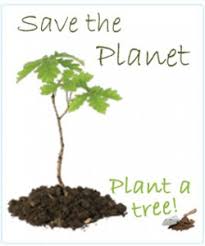 or, just how much is an ecosystem really worth?
or, just how much is an ecosystem really worth?How can you give a swamp, a beach, a forest or even part of one a "value?"
Dawn Anderson explains for the
Environmental Literacy Council .....
Environmental resources and/or services are particularly hard to quantify due to their intangible benefits and multiple value options. It is almost impossible to attach a specific value to some of the experiences we have in nature, such as viewing a beautiful sunset. Problems also exist when a resource can be used for multiple purposes, such as a tree . The wood is valued differently if it is used for flood control versus if it is used for building a house. The qua ntity of a resource must also be taken into consideration because value can change depending how much of a resource is available.
ntity of a resource must also be taken into consideration because value can change depending how much of a resource is available.
An example of this might be in preventing the first " unit/bit/start" of pollution if we have a pristine air environment. Preventing the first unit of pollution is not valued very highly because the environment can easily recover. However, if the pollution continues until the air is becoming toxic to its surroundings; the value of preserving clean air by preventing additional pollution is going to  be increasingly valued.
be increasingly valued.
"Valuation can be a useful tool that aids in evaluating different options that a natural resource manager might face. Because ecological resources and services are so varied in their composition, it is often difficult to examine them on the same level. However, after they are assigned a value, an environmental resource or service can then be compared to any other item with a respective value.
Ecosystem valuation is the process by which policymakers assign a value, monetary or otherwise, to environmental resources or to the outputs and/or services provided by those resources. For example, a mountain forest may provide environmental services by preventing downstream flooding.
Within economics, value is generally defined as the amount of alternate goods a person is willing to give up in order to get one (additional unit) of the good in question.
What would be a "fair trade"?
An individual's preference for certain goods may either be stated or revealed. In the case of stated preferences, the amount of money a person is willing to pay for a good determines the value because that money could otherwise be used to purchase other goods. However, value may also be determined by simply ranking the alternatives according to the amount of benefit each will produce. Revealed preferences can be measured by examining a person's behavior when it is not possible to use market pricing.
There are typically two ways to assign value to environmental resources and services ? use and non-use ? and there are approaches to measuring environmental benefits based on these defined values. When environmental resources or services are being used, it is easier to observe the price consumers are willing to pay for the conservation or preservation of those resources. Market or opportunity cost pricing can be used when there are tangible products to measure, such as the amount of fish caught in a lake. Replacement cost can also be used, calculated based on any expenses incurred to reverse environmental damage. Hedonic pricing will measure the effect that negative environmental qualities have on the price of related market goods. When evaluating non-use value, contingent valuation is employed through the use of surveys that attempt to assess an individual's willingness to pay for a resource that they do not consume.

The process of environmental resource or service valuation provides a way to compare alternative proposals, but it is not without problems. All valuation techniques encompass a great deal of uncertainty: flaws can exist in the methods of assigning value accurately due to a wide number of variables and it is difficult to compartmentalize and measure environmental and natural resources and/or services within an ecosystem that functions as an interconnected web.
Yet challenging, it allows policymakers to make decisions based on specific comparisons (typically monetary) rather than some other arbitrary basis. The government has placed increasing emphasis on cost-effective laws and projects; therefore, establishing a common measure by which to evaluate alternatives is essential.
March 30, 2008, The Environmental Literacy Council.
As always the comment box is open...........
What do you think?
How should be determine the value of ecosysytems?
for that matter WHO should be involved in the decisions?








